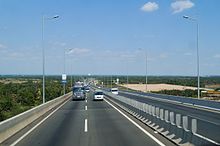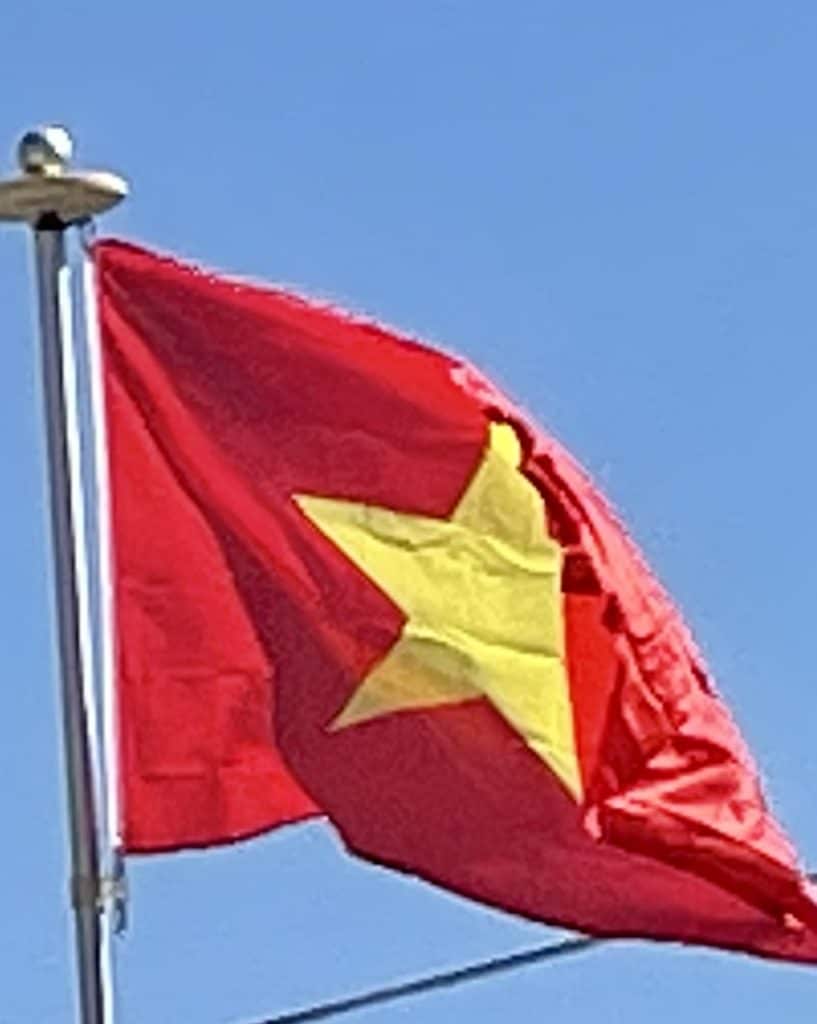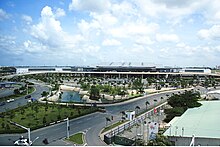
Bicycles, motorcycles and motor scooters remain the most popular forms of road transport in the country, a legacy of the French, though the number of privately owned cars has been increasing in recent years. Public buses operated by private companies are the main mode of long-distance travel for much of the population. Road accidents remain the major safety issue of Vietnamese transportation with an average of 30 people losing their lives daily. Traffic congestion is a growing problem in both Hanoi and Ho Chi Minh City especially with the growth of individual car ownership. Vietnam’s primary cross-country rail service is the Reunification Express from Ho Chi Minh City to Hanoi, a distance of nearly 1,726 kilometres (1,072 mi). From Hanoi, railway lines branch out to the northeast, north, and west; the eastbound line runs from Hanoi to Hạ Long Bay, the northbound line from Hanoi to Thái Nguyên, and the northeast line from Hanoi to Lào Cai. In 2009, Vietnam and Japan signed a deal to build a high-speed railway—shinkansen (bullet train)—using Japanese technology. Vietnamese engineers were sent to Japan to receive training in the operation and maintenance of high-speed trains. The planned railway will be a 1,545 kilometers (960 mi)-long express route serving a total of 23 stations, including Hanoi and Ho Chi Minh City, with 70% of its route running on bridges and through tunnels. The trains will travel at a maximum speed of 350 kilometers (220 mi) per hour. Plans for the high-speed rail line, however, have been postponed after the Vietnamese government decided to prioritize the development of both the Hanoi and Ho Chi Minh City metros and expand road networks instead.

